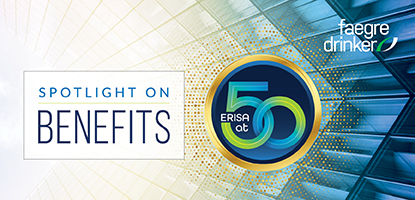The Employee and Retiree Access to Justice Act is — yes — another employee benefits bill recently introduced in both the House and Senate (see our other blog post on SECURE 2.0, already passed by the House and which now has a draft bill under review in the Senate Health, Education, Labor and Pensions Committee). In addition to seeking to eliminate individual arbitration as a method for resolving benefit denial and breach of fiduciary duty disputes under ERISA, the Employee and Retiree Access to Justice Act also seeks to invalidate discretionary clauses in ERISA-governed benefit plans. The prohibition of such clauses would eliminate deferential judicial review of benefit claim denials in court.
Continue reading “ERISA Litigation Roundup: The End of Firestone?”

